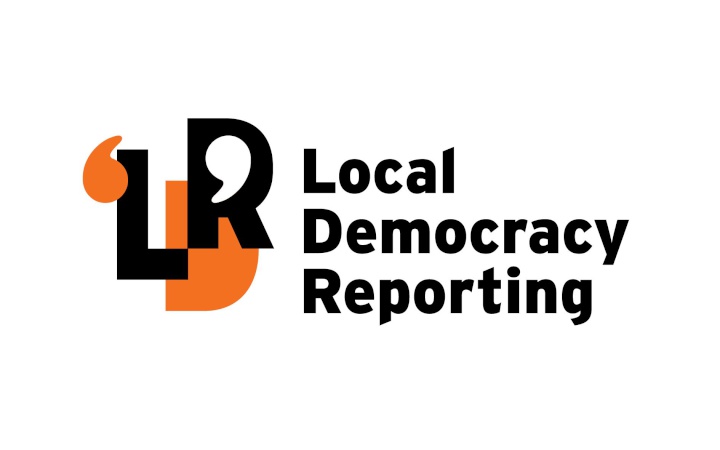Ōpōtiki District Council is considering going it alone in delivering water services for the next couple of years and is asking the community what they think.
Under the Government’s Local Water Done Well legislation, councils must consult with their communities on a Water Services Delivery Plan that ensures revenue received for water is kept separate from other council activities.
The plan must be submitted to the Department of Internal Affairs by September 3.
Through a series of workshops and extensive consultants’ reports the council has considered several options and identified two as most suitable.
Its preferred option is to form an internal business unit within council in the short term while also exploring a potential joint water services organisation in the future.
Another option would be to form a joint water services organisation with neighbouring councils now.
Mayor David Moore said that, realistically, the council needed to be looking at people to partner with.
“There’s not a big queue of them. We don’t have a lot of choice. We don’t know, in the end if those who are interested will continue on that path. They may jump in with other people.”
However, he said sound choices made by previous councils had put them in a position where they had some time to decide.
“People at this table made some big choices and put us into a position where we do have a chance to stand alone just now to get some breathing room.”
Consultants Martin Jenkins suggested a potential multi-council water services organisation with Rotorua Lakes, Kawerau and Whakatāne district councils as a suitable option for Ōpōtiki.
Martin Jenkins consultant Andrew Horwood told Tuesday’s meeting the assessment showed an in-house unit was expected to be viable, though it carried some risks.
“While it has the greatest degree of control and the smallest degree of change for council, we would expect it to be the costliest arrangement for ratepayers as it doesn’t allow for efficiency gains to be realised to any significant degree.”
These efficiency gains would mostly not be experienced until after the 2034 financial year.
“In-house delivery also keeps water debt on the council books ... leaving council with less headroom to fund non-water activities and less financial flexibility in the event that you had to respond to some sort of shock like a natural hazards event.”
Costs per connection were expected to almost double within the next 10 years under either option. After that time, an Eastern Bay of Plenty water services organisation would provide greater operational efficiencies. Modelling showed efficiencies were expected to accrew by about 1 percent year on year.
Cost of connections would ultimately depend on the mix of councils involved. With none of the councils mentions currently committed to pursuing a joint water services organisation.



 Gordon Campbell: On Why The Regulatory Standards Bill Should Be Dumped
Gordon Campbell: On Why The Regulatory Standards Bill Should Be Dumped PSA: Sunday Rally To Protest Outrageous Suspension Of 38 Disability Workers
PSA: Sunday Rally To Protest Outrageous Suspension Of 38 Disability Workers NZDF: 1st NZSAS Regiment Marks 70th Anniversary
NZDF: 1st NZSAS Regiment Marks 70th Anniversary Choose Clean Water: Changes To Fish & Game Continue Coalition’s Handover Of Power To Polluters
Choose Clean Water: Changes To Fish & Game Continue Coalition’s Handover Of Power To Polluters Inland Revenue Department: Tax Assessment Period A Prime Time For Scams, Expert Warns
Inland Revenue Department: Tax Assessment Period A Prime Time For Scams, Expert Warns Students Against Dangerous Driving: SADD And AA Celebrate 40 Years Of Tackling Youth Harm On NZ Roads
Students Against Dangerous Driving: SADD And AA Celebrate 40 Years Of Tackling Youth Harm On NZ Roads NZ Labour Party: Timid Tariff Response Fails New Zealanders
NZ Labour Party: Timid Tariff Response Fails New Zealanders


